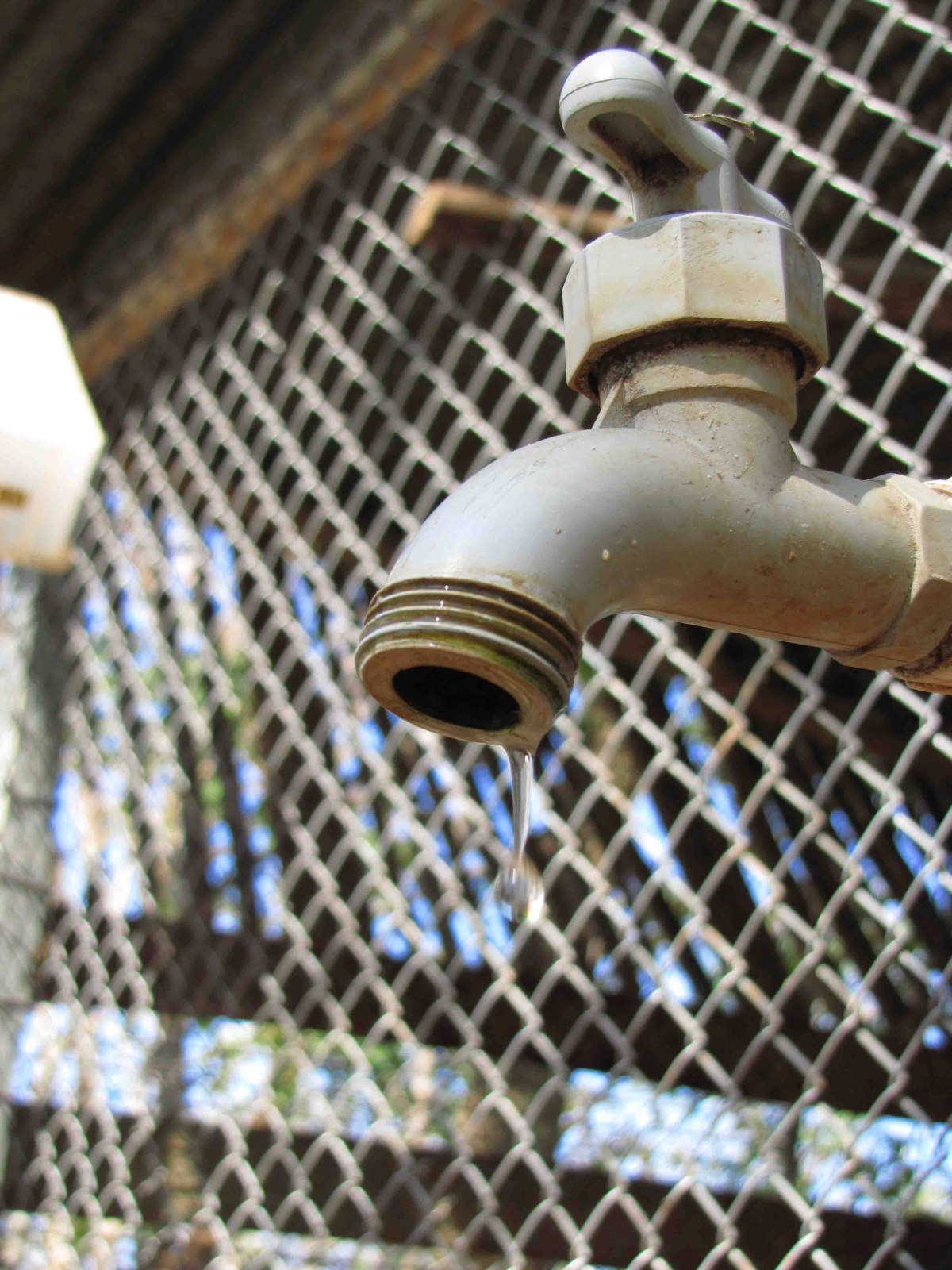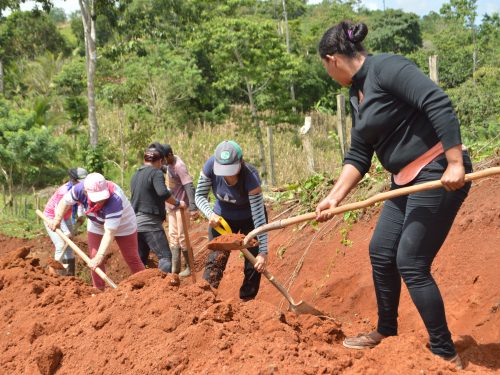
Dehydration, prolonged exposure to sunlight, low income and hereditary diseases are all factors contributing to why the number of deaths from kidney failure has risen to eight people in the last 15 days in Cañas.
At least that is what Dr. Marvin Palma, director of the Center for Comprehensive Health (CAIS), affirmed after recent concern that arose due to the suspicion of high levels of arsenic in the drinking water of inhabitants of the canton.
“More than 80% of patients reported (at CAIS) for renal failure are young, male patients with low socioeconomic levels, and the majority are laborers exposed to heat stroke,” said Palma.
Recently, the residents of the community were stirred by the death of a 19-year-old youth who struggled for several weeks against kidney failure.
Palma reported that two months ago the CAIS was forced to install a dialysis unit to avoid transferring patients to the Enrique Baltodano Hospital in Liberia.
As for the relationship between arsenic and kidney failure, Palma affirmed that there is no local scientific study confirming that the current levels of arsenic in the water is the direct cause of cases of kidney failure. However, he said it is a factor that cannot be ruled out.
On April 23, the digital newspaper crhoy.com published that some “23 northern communities consumed water containing amounts of arsenic higher than those permitted by the Ministry of Health, and although the Constitutional Court agreed to review an appeal filed by neighbors in the area, and with the risk involved in consuming water with arsenic, authorities say that the problem will have to be resolved step by step.
Meanwhile, Paul Guevara, director of the office of Aqueducts and Sewers (AyA) in Cañas, asked people to stay calm as he affirmed that the current level of arsenic is 7 micrograms per liter of water, three units less than the maximum allowed, which is 10 micrograms per liter, according to monthly samples sent and analyzed at the National Water Laboratory of AyA.
“Month after month, we are reporting to the Ministry of Health on water quality. We take the samples ourselves and send them to a lab in San Jose. All our production sources are being monitored, forming part of the National Monitoring Program for water quality,” he explained.
Guevara assured that since 2010 the AyA of Cañas supplies the population with five wells that contain the vital fluid. Two of them are located in the center of town and the other three are in the community of Sandillal. Previously, AyA had one more well, but this year the sixth one was closed because it contained elevated levels of arsenic.
According to the World Health Organization, arsenic is a carcinogenic poison that is naturally present in high levels in the groundwater of some countries.
Dr. Marcos Sequeira, of the chemical department of the National Water Laboratory of AyA confirmed that in 2010 the sixth Sandillal well was taken out of operation since it contained between 24 to 36 micrograms of arsenic per liter of water.
According to the digital newspaper, the communities of Cañas had up to 186 micrograms per liter of water although the AyA has managed to reduce it by up to 90%.
However, Sequeira stated that currently the arsenic levels are below the standard set by AyA and that the deaths of the patients are mainly due to their type of occupation.
Finally the director of CAIS denied the rumors about the lack of resources and infrastructure necessary to attend to patients of the medical services. “The center does not require funds since it has all of the necessary installed capacity and equipment,” he assured.







Comments